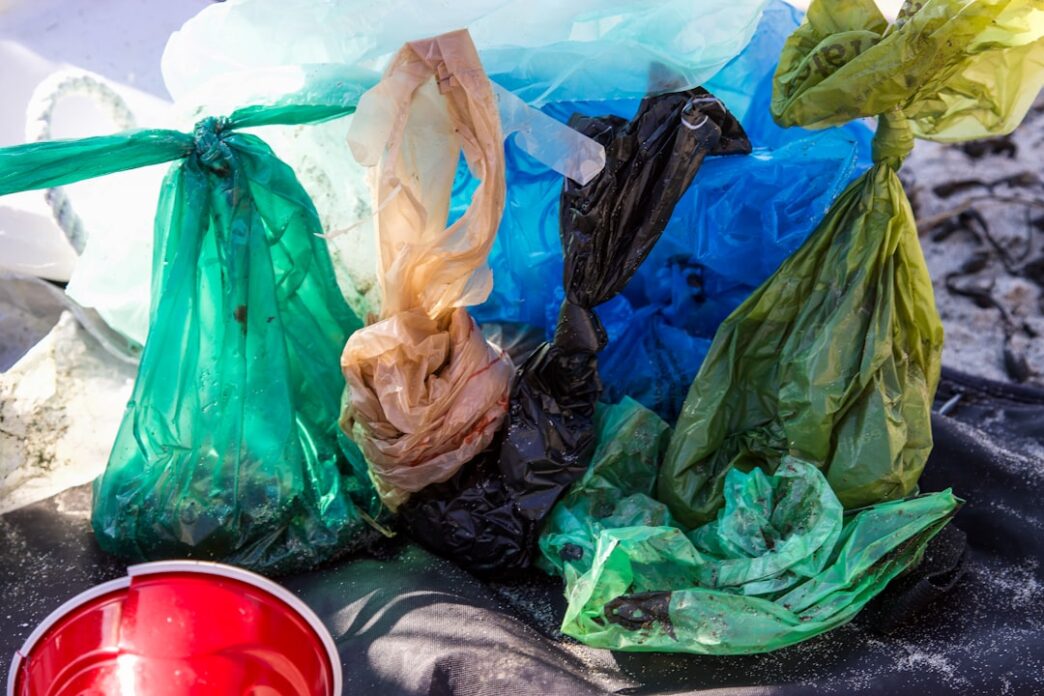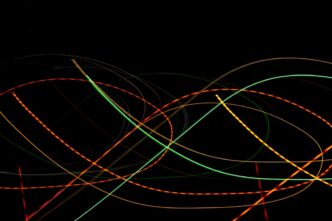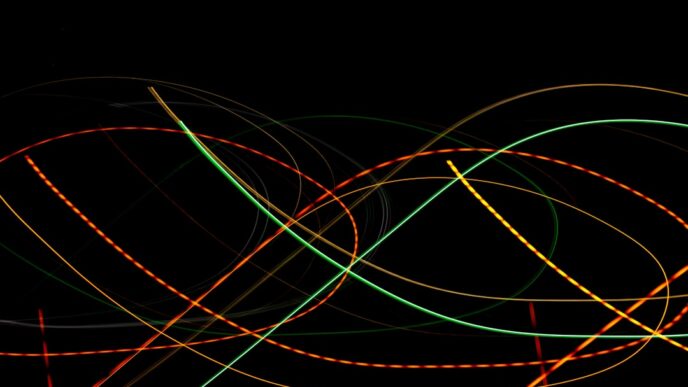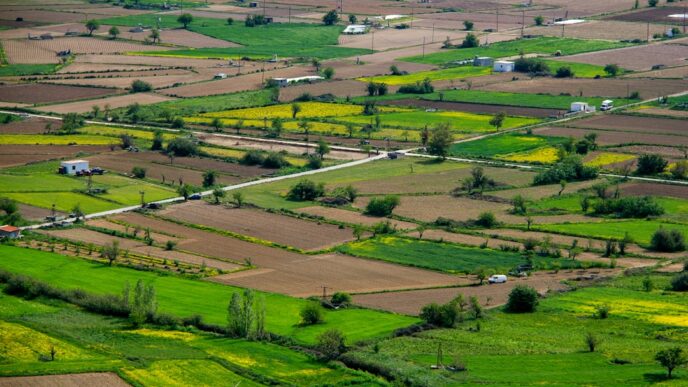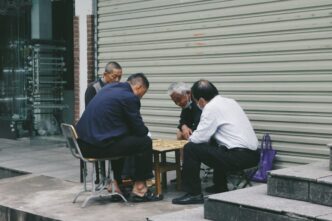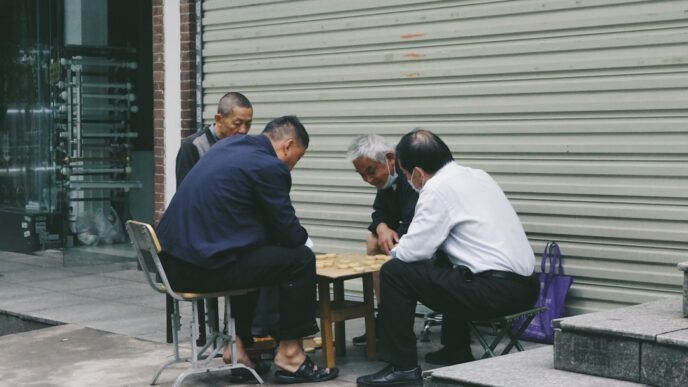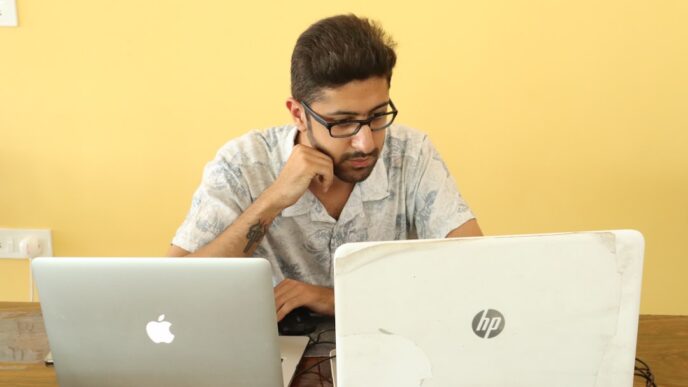In a world where waste often equates to loss, emerging strategies are flipping the narrative. The concept of a circular economy is not just a buzzword; it is a revolutionary approach that seeks to redefine how we view waste, consumption, and resource efficiency. Countries like the Netherlands and businesses such as IKEA are leading the charge, illustrating how rethinking waste can yield both environmental and economic benefits.
At the heart of the circular economy is the idea that everything is a resource. The Ellen MacArthur Foundation, a prominent proponent of this model, emphasizes that this paradigm shift is about maintaining the value of products, materials, and resources in the economy for as long as possible. It pushes back against the linear model of “take, make, dispose,” advocating instead for an ecosystem where products are designed for longevity, repairability, and eventual refurbishment or recycling.
The economic implications are substantial. By minimizing waste and maximizing resource efficiency, companies can reduce costs while creating new revenue streams. For instance, Philips has transformed its business model from selling light bulbs to offering lighting as a service. This shift allows customers to pay for the light they use, while the company takes responsibility for product maintenance and recycling. It not only reduces waste but also opens up sustainable financial opportunities.
Governments are also recognizing the potential of a circular economy to address economic inequality. By investing in green jobs, particularly in waste management and recycling sectors, countries can create employment opportunities for marginalized communities. For example, the city of San Francisco’s zero waste program has not only aimed for landfill diversion but has also created jobs and fostered local businesses focused on recycling and composting.
Skeptics may argue that transitioning to a circular economy is fraught with challenges—upfront costs, technological barriers, and resistance from traditional industries. However, the reality is that the shift is already underway. The European Union has set ambitious targets to transition to a circular economy by 2030, including policies aimed at reducing waste and promoting sustainable product design. In doing so, they are not merely responding to climate change pressures but also enhancing economic resilience and social equity.
Additionally, the rise of technology can accelerate this shift. Innovations in data analytics and artificial intelligence are making it possible to track waste flows, optimize recycling processes, and create more efficient supply chains. Companies like TerraCycle are leveraging technology to turn hard-to-recycle products into new materials, demonstrating that waste can be a source of value rather than a burden.
The potential for economic innovation through the circular economy is vast, but it requires a collective mindset change. Stakeholders must embrace the notion that waste is not only an environmental issue but a significant economic opportunity. As businesses, governments, and consumers begin to recognize the value embedded in waste, a new economic landscape can emerge—one that champions sustainability while addressing inequalities.
The journey to a circular economy may be complex, but the path toward a more sustainable and equitable economic future is undeniably promising. As nations and organizations navigate this transition, the insights and experiences of leaders who have already embarked on this journey will be invaluable.

